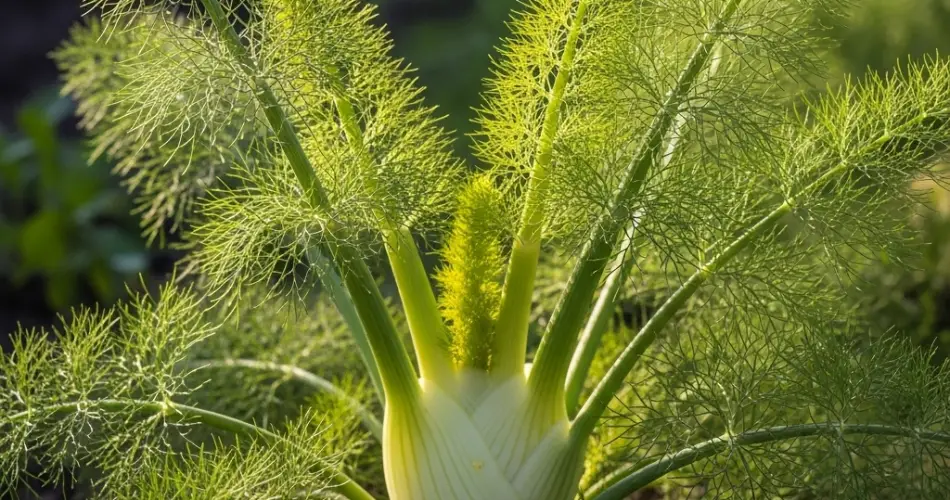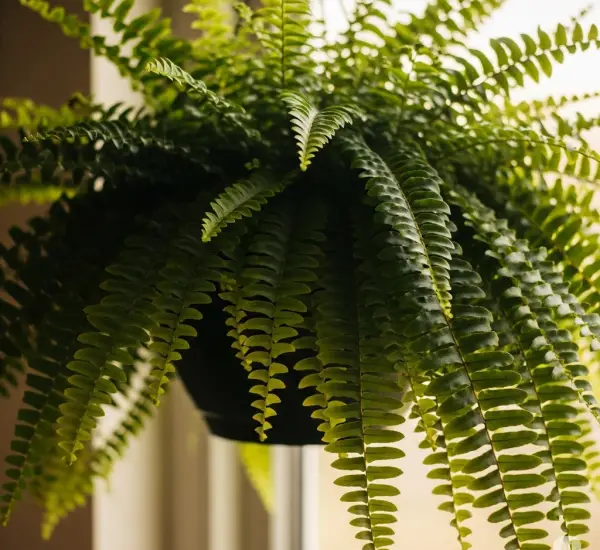Fennel is a wonderfully versatile plant that offers more than just its distinctive bulb. From the aromatic fronds to the flavorful seeds, every part of fennel can be used in the kitchen. Whether you’re growing Florence fennel for its bulb or common fennel for its seeds and greens, knowing how to harvest it correctly ensures you get the most from your plant without waste.
Understanding the Parts of Fennel
Before diving into harvesting techniques, it’s helpful to understand the anatomy of the fennel plant:
-
Bulb: The swollen white base formed by overlapping leaf stalks, primarily used in salads, sautés, and roasting.
-
Fronds: The green feathery leaves on top that resemble dill, used as an herb or garnish.
-
Stalks: These connect the bulb to the fronds and can be used for flavoring stocks or stews.
-
Seeds: Produced after flowering, fennel seeds are popular in spice blends, baked goods, and teas.
By understanding each part, you’ll know exactly when and how to harvest fennel for various culinary uses.
When to Harvest Fennel Bulbs
The bulb is usually the main attraction when growing Florence fennel. To harvest at peak flavor:
-
Monitor Growth
The bulb is ready to harvest when it’s about the size of a tennis ball or slightly larger—typically 3 to 4 inches in diameter. This usually occurs about 80–100 days after planting. -
Check the Color and Firmness
A healthy fennel bulb is white, firm, and free from cracks or splitting. If it begins to yellow or flower (bolt), the texture can become tough, and flavor may decline. -
Harvesting Technique
Use a sharp garden knife or pruning shears to cut the bulb just above the soil line. Avoid pulling the bulb out by hand, as this may damage the roots or surrounding plants. -
Leave the Roots
If you leave the roots and base in the soil, the plant may regrow tender shoots or fronds for a second, smaller harvest.
How to Harvest Fennel Fronds
Fennel fronds can be harvested at any stage of growth, even before the bulb has developed fully. These feathery greens are excellent in salads, as a garnish, or mixed into sauces and dressings.
-
Use Clean Scissors
Snip off the fronds as needed, cutting just above a stalk node to encourage regrowth. -
Harvest in Moderation
Take only one-third of the fronds at a time. This allows the plant to keep growing and developing the bulb. -
Best Time to Harvest
Morning is ideal for harvesting fronds, as the oils are most concentrated, resulting in stronger aroma and flavor.
Utilizing Fennel Stalks
Though tougher in texture than the bulb, fennel stalks can be used to add flavor to broths, soups, or baked fish dishes—similar to how you’d use celery.
-
Harvest with the Bulb or Separately
When cutting the bulb, the stalks will come with it. You can also trim individual stalks as the plant grows if you’re not yet ready to harvest the bulb. -
Use Immediately or Freeze
Stalks are best used fresh but can also be chopped and frozen in freezer bags for future use in stocks or stews.
Harvesting Fennel Seeds
If you allow fennel to flower and go to seed, you can enjoy yet another harvest. Fennel seeds have a warm, slightly sweet flavor and are excellent in breads, spice blends, and herbal teas.
-
Let the Plant Flower Naturally
After the bulb matures, the plant will send up tall stalks with umbrella-like clusters of yellow flowers. These eventually develop into green seed pods. -
Wait for Seeds to Ripen
Once the flowers fade, the seeds turn from green to brown. This is your cue to harvest. -
Cut and Dry
Cut the seed heads and place them upside down in a paper bag. Hang in a dry, well-ventilated place for a few days until the seeds fall off naturally. -
Store Properly
Once fully dry, remove any remaining chaff and store the seeds in an airtight container away from light and heat.
Tips for Avoiding Waste
-
Use the Fronds: Don’t discard the frilly greens—they’re excellent in pesto, salad dressings, or as a dill substitute.
-
Compost the Trimmings: If you can’t use the tough ends or older leaves, add them to your compost bin.
-
Save the Seeds: In addition to culinary use, fennel seeds can be saved for replanting in the next growing season.
Final Thoughts
Harvesting fennel the right way means making use of every edible part—bulb, stalk, frond, and seed. With a little timing and care, you can enjoy this aromatic plant throughout its life cycle and minimize waste in the process. Whether you’re slicing the bulb into a crisp salad, using the fronds as a garnish, or grinding the seeds into a spice mix, fennel is a gift that keeps on giving.



